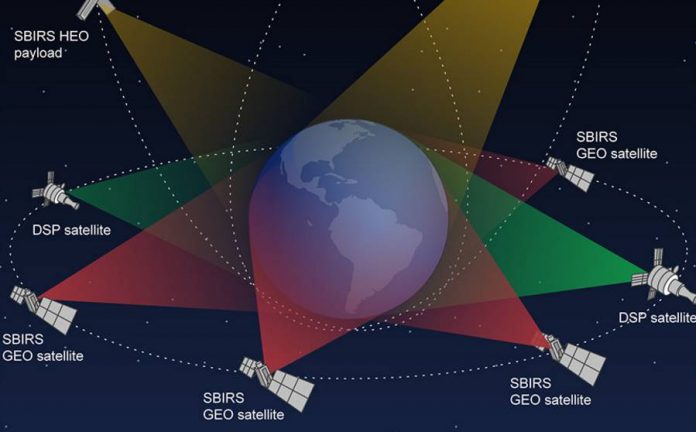
The Air Force plans to launch a military satellite this evening and its live streaming the event via YouTube, beginning at 7:26 p.m. EST. The spacecraft will alert the U.S. government if a foreign missile is headed toward the North American nation.
The private aerospace company Lockheed Martin built the spacecraft, who receives the name Space-Based Infrared System, or SBIRS satellite.
A United Launch Alliance’s (ULA) Atlas V rocket will carry it out into the atmosphere.
This satellite is the Geo-3 model. Its brothers, Geo-2 (2013) and Geo-1 (2011), are already in orbit and serve the same purpose. A fourth SBIRS Geo satellite will also launch later this year, though many agree that large-scale missile attacks against the US are not very likely.
When and where to watch the SBIRS launch
Interested rocket enthusiasts will be able to witness the entire launch via the United Launch Alliance’s YouTube channel at the hours mentioned above. They can also watch the event via the official website for ULA.
The channel includes some preview videos about the site and the equipment that will be responsible for getting the SBIRS-Geo-3 into orbit. The rocket will take off from the private Air Force Station in Cape Canaveral, FL.
What do the SBIRS-GEO do?
The satellites have the task of providing “global, persistent, infrared surveillance capabilities to meet 21st-century demands in four national security mission areas including missile warning, missile defense, technical intelligence and battlespace awareness.”
In short, the satellite would alert security agencies against weapons directed towards American soil, though it would only be limited to issue warnings.
SBIRS satellites can detect missile type, burnout velocity, its trajectory, and ultimate point of impact faster than any other radar system, according to the Center for Strategic and International Studies.
Who would want to throw a missile at the United States?
Military defense programs like this one tend to raise these kinds of questions because of the large amounts of funding that they require. Most people who support these measures would name countries like North Korea and Russia as the first options.
According to CSIS, North Korea currently has an arsenal topped by their Taepodong-2 long-range missile which could probably get somewhere close to Alaska or Hawaii, but this is very unlikely.
Russia, on the other hand, is closer to the US and could do some damage with their intercontinental R-36 missile, codenamed SS-18 Satan. This weapon is currently the world’s largest missile in size, with an approximate range of 16,000 kilometers.
Source: Space.com











